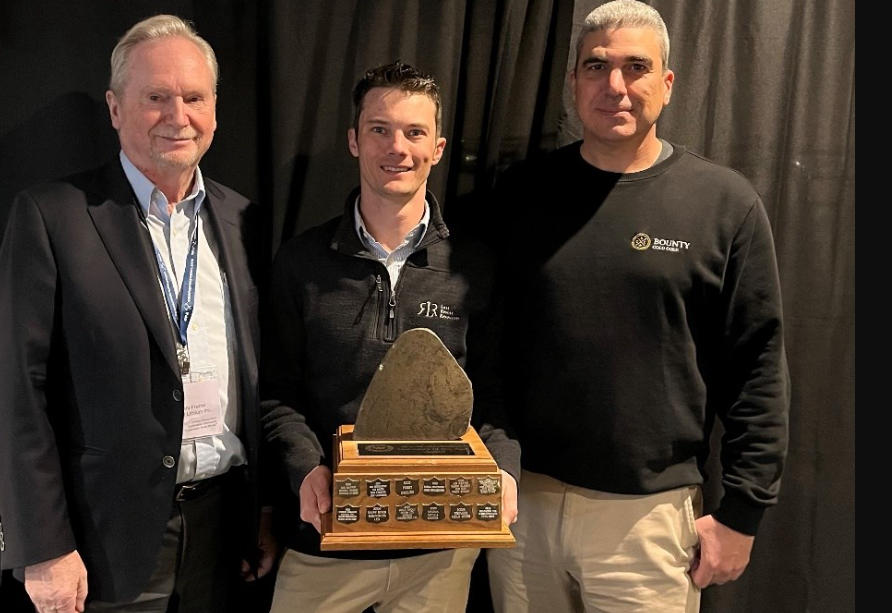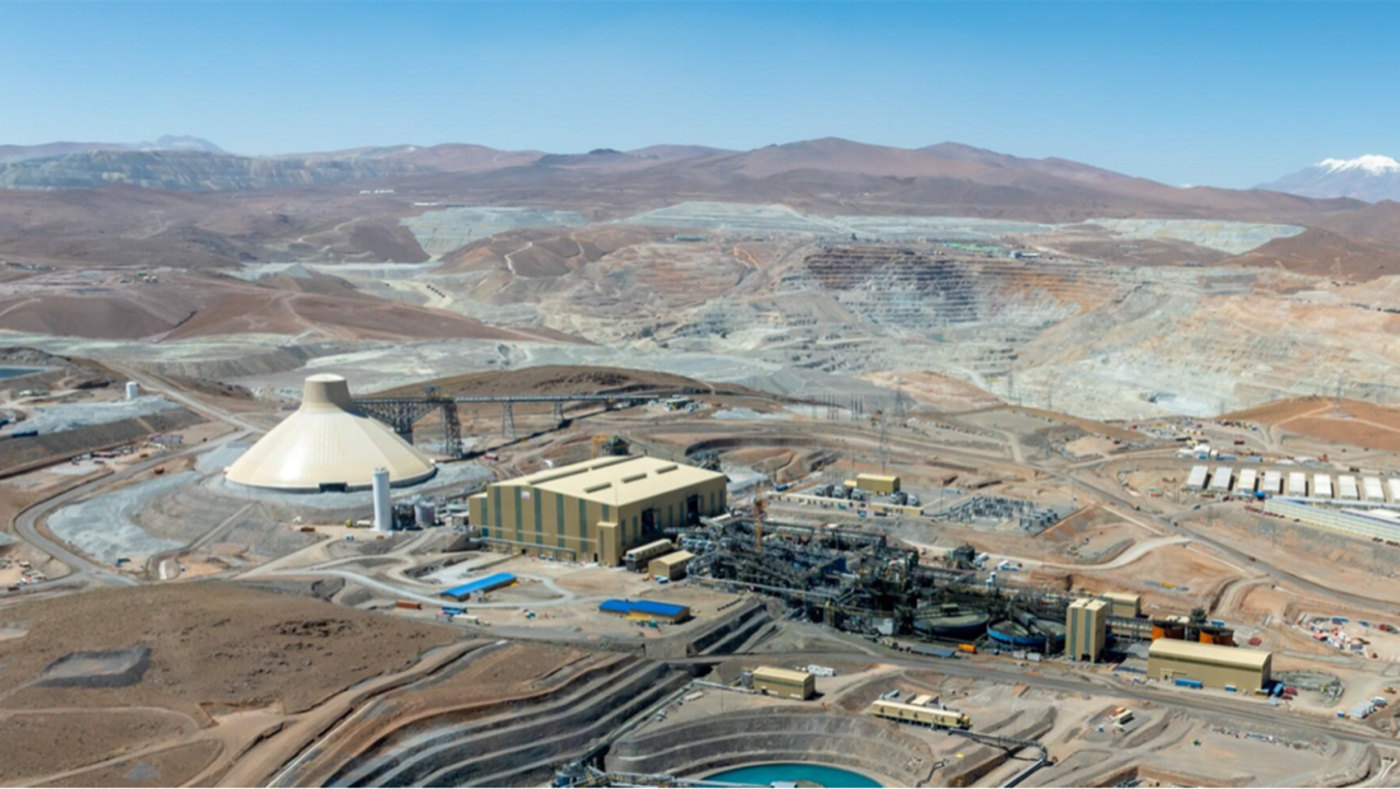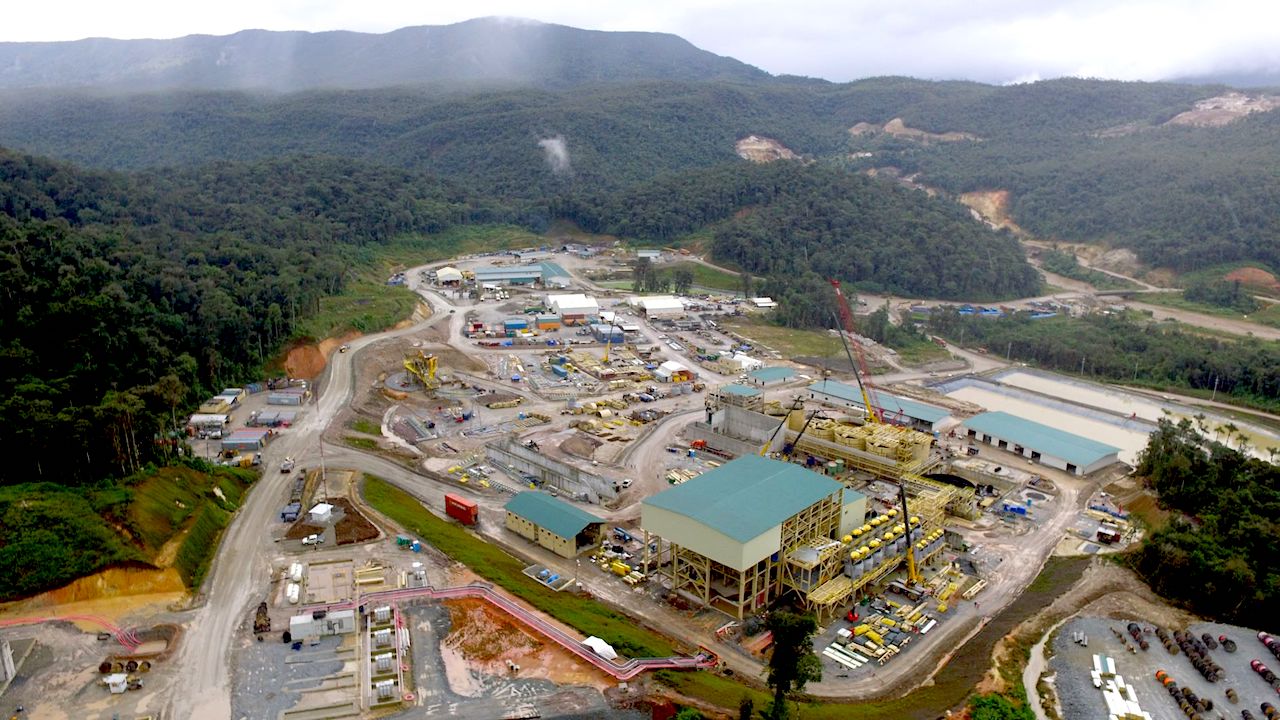BC mining policy in 2020: Times have officially changed
A broad range of regulatory reforms have been introduced over the past two years by the (now) minority Liberal federal government and British Columbia’s New Democratic Party and Green Party alliance. These include a revitalized Environmental Assessment Act (British Columbia), Bill 41 (Declaration on the Rights of Indigenous Peoples Act), and the federal Impact Assessment Act.
In 2020, the mining industry will see the rapid implementation of these sweeping changes. Although the new processes remain untested and many details remain outstanding, the goal posts continue to shift. Here’s what these reforms and the policy trends they create mean for mining companies.
1. Implementing and interpreting UNDRIP
With Bill 41, British Columbia “affirms” the application of the United Nations Declaration on the Rights of Indigenous Peoples, and commits to harmonizing existing provincial laws with the individual and collective Indigenous rights proclaimed by the Declaration. The federal government has also committed to legislating the Declaration’s implementation.
Bill 41 leaves the details as to how the government will meet the bill’s stated goals to be worked out in the future. The government acknowledges that “changes won’t happen overnight” and that the implementation of the Declaration “will be a gradual, step-by-step process over time.” As such, substantial work remains, including consultation with Indigenous and non-Indigenous people, and also with the federal government on how to give meaning and effect to the Declaration.
In the interim, the current status quo of a growing number of Indigenous communities advancing self-government and consent-rights will continue. Indigenous communities and others will undoubtedly have opportunities to test the limits of the Bill.
2. Testing the assessment processes
The first batch of projects, including the Haisla Nation owned Cedar LNG, will proceed under both the Impact Assessment Act and the provincial Environmental Assessment Act.
The new regimes are ambitious. The interpretations of key concepts will be tested, including:
• broader assessment factors;
• utilization of regional and strategic assessments in cumulative impact assessments;
• influence of advisory committees; and
• enhanced Indigenous and public participation.
In B.C., we await the finalization of two key regulations – Alternative Dispute Resolution and Indigenous Capacity Funding. The Alternative Dispute Resolution regulation will address how Indigenous Nations will resolve disputes when consensus cannot be achieved with or amongst the Nations at a particular stage of the provincial environmental assessment process. The province, for its part, continues to draft detailed policy guidance and FAQs to help navigate the process.
Nonetheless, until a critical mass of projects proceeds through these processes, public confidence is unlikely to increase and project proponents are unlikely to obtain greater certainty. This is not a criticism; rather it is the reality of change which is compounded by increased expectations around greater public participation in the assessment process.
3. Increasing reclamation security
As the provincial government formalizes its risk management framework for mine security, it will likely lead to increased reclamation security requirements for mineral exploration and development.
Given the government’s other policy commitments, there is a potential for climate change or adaptation costs to become factors in the reclamation security calculation. The BC First Nations Energy and Mining Council has called for the province to collect mining reclamation costs in full and up front. While the province must address the financial risk to taxpayers from any shortfall between the estimated reclamation costs of a mine and the security held by government, it must also ensure that the cost of entry is not prohibitive to deter mining or exploration all together. Levers such as progressive reclamation and return of related security are some balancing tools that can assist.
4. Rapidly shifting goal posts
Many in the industry have been practicing early engagement on project planning, seeking Indigenous consent, and regularly reviewing and updating reclamation contingencies. While the British Columbia regulatory landscape is shifting in line with expected trends, what has changed is the rapidly shifting goal posts on what constitutes best practices.
The result is that the government must obtain the broad support to balance economic development, promote and respect Indigenous rights and address climate change – or mining capital will shift to another jurisdiction. Effectively managing change is harder than making the change.
SHARON SINGH is an associate at Bennett Jones LLP, based in Vancouver. For more information, please visit www.bennettjones.com.





Comments